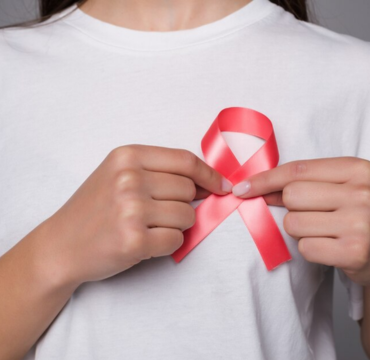
In the present day, Breast Cancer has surpassed Cervical Cancer to become the leading cancer among females, particularly in metropolitan areas. Each year witnesses the diagnosis of 1.5 lakh new cases of breast cancer, with a significant number detected at advanced stages. However, the increasing awareness of early detection has led to a rise in diagnoses at earlier, more manageable stages. Lifestyle modifications can play a crucial role in preventing breast cancer.
Breast Cancer often exhibits symptoms that may mimic breast inflammation, including itching, pain, swelling, and nipple inversion. Regarded as a lifestyle disease, major risk factors include obesity, late marriage, lack of breastfeeding, and insufficient exercise. Timely diagnosis at an early stage is achievable through screening procedures such as Breast Self-Examination, clinical examination, and mammography after the age of 40.
The positive aspect is that early-stage breast cancer can be successfully treated in 80-90% of women, allowing them to lead normal lives. Even in advanced stages, advancements in treatment modalities and targeted therapies significantly contribute to extending life and improving its quality. Patients, even in advanced stages, can actively engage in public life, attend social events, care for their children, and manage household responsibilities meaningfully.
Signs and Symptoms of Breast Cancer:
Inflammatory breast cancer, a distinctive type, can pose diagnostic challenges and manifest symptoms similar to breast inflammation, such as itching, pain, swelling, nipple inversion, warmth, redness, and an orange-peel texture to the skin. Paget's disease of the breast, another symptom complex, presents as skin changes resembling eczema, progressing to tingling, itching, increased sensitivity, burning, and pain, with possible nipple discharge.
Stages of Breast Cancer:
1. Stage 0:
- Noninvasive breast cancers or precancers, including ductal carcinoma in situ (DCIS).
2. Stage I:
- Early invasive cancer with contained tumor cells in a small area, further categorized into IA and IB.
3. Stage II:
- Cancer in a limited region of the breast that has grown larger, subdivided into IIA and IIB.
4. Stage III:
- Advanced cancer with spread into the breast or larger tumor size, categorized into IIIA, IIIB, and IIIC.
5. Stage IV:
- The most advanced stage, involving the spread of cancer to distant parts of the body beyond the breast.
Treatment of Breast Cancer:
1. Surgery
2. Radiation Therapy
3. Chemotherapy
4. Hormone Therapy
5. Targeted Therapy
6. Immunotherapy
7. Supportive (Palliative) Care
Navigating a breast cancer diagnosis can be overwhelming, but with advancements in treatment options and a multidisciplinary approach, individuals can effectively manage and cope with this life-changing event.
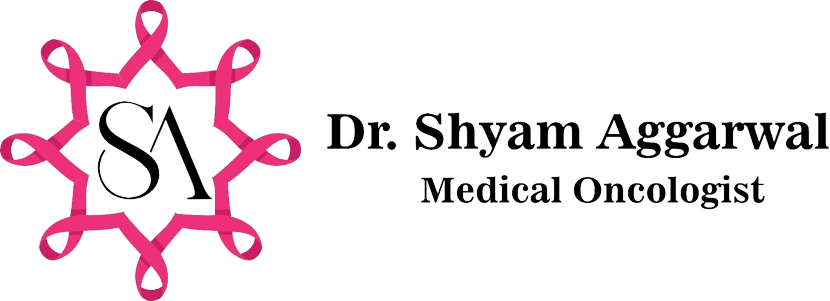
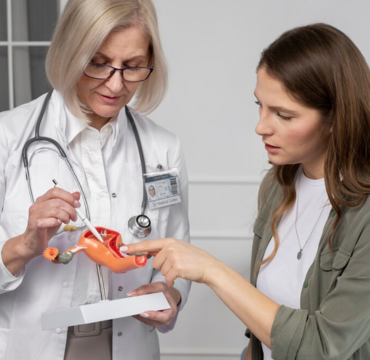
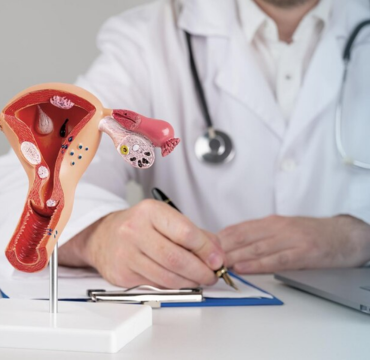
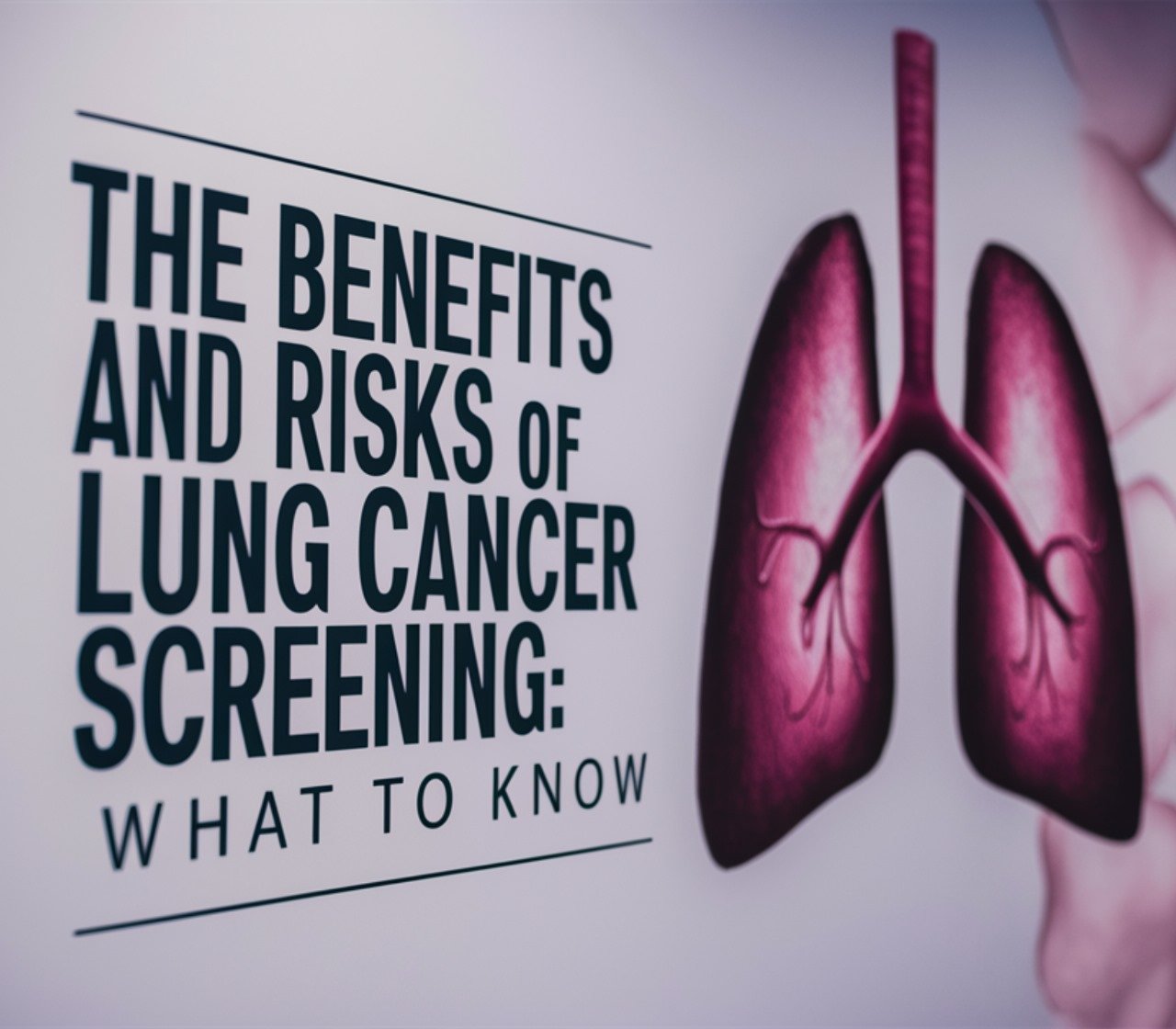



.png)
